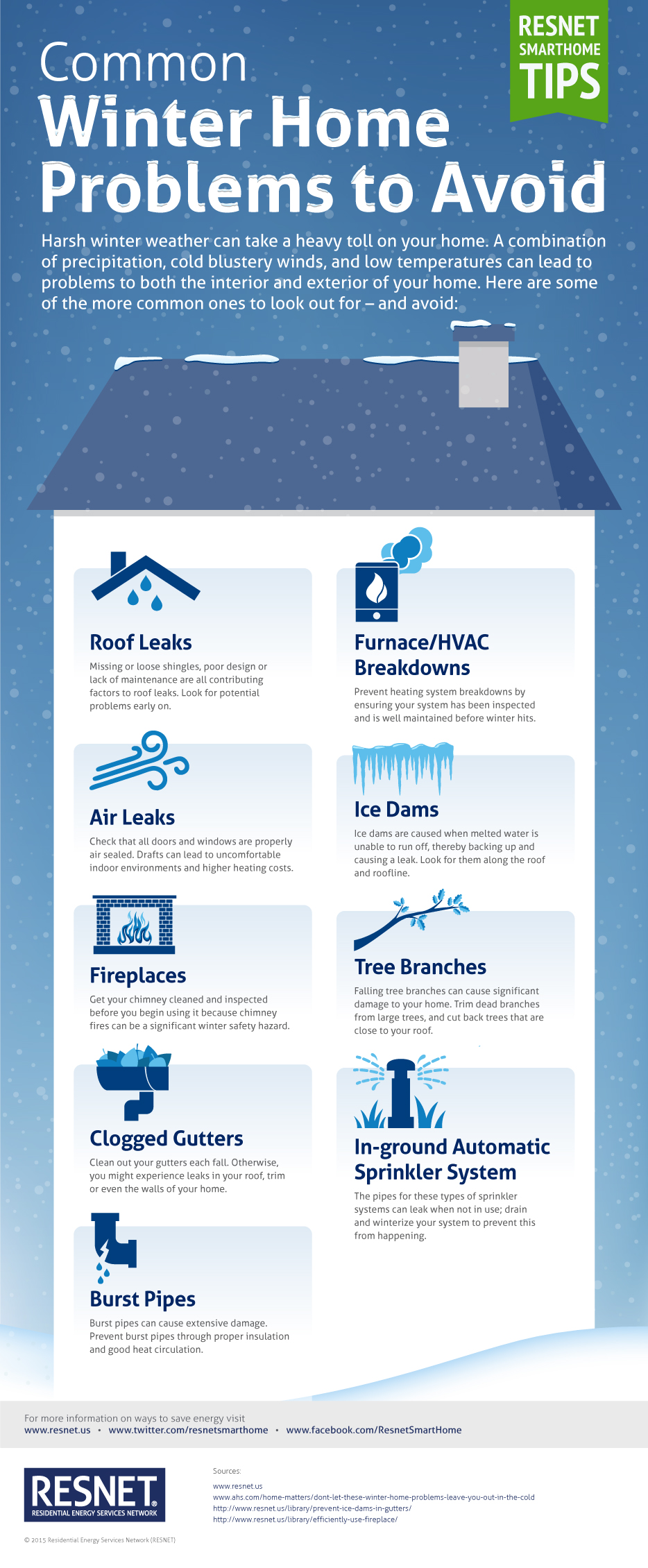Just How To Place Roofing Damages Before It Ends Up Being A Significant Trouble
Just How To Place Roofing Damages Before It Ends Up Being A Significant Trouble
Blog Article
Material Composed By-Coyne Ottosen
To secure your home from possible costly fixings, recognizing roof covering damages early is critical. By watching out for refined signs like missing out on tiles or water discolorations, you can catch issues before they aggravate. Yet what about those usually forgotten locations that could hint at covert issues hiding over you? Stay tuned to uncover crucial ideas for identifying roofing system damages before it rises right into a significant headache.
Very Early Indication
Finding roof covering damage early can save you money and time. One crucial early warning sign to look out for is missing out on or damaged shingles. If you notice any kind of roof shingles that are broken, crinkling, or completely missing out on, it's essential to address the problem without delay. These damaged tiles can leave your roofing vulnerable to leaks and additional damages.
An additional sign to look for is water stains on your ceiling or walls. These stains can show a leak in your roof that needs instant interest. Ignoring these water stains can result in extra considerable and costly repair services down the line.
Additionally, be on recommended site for any signs of sagging or sagging areas on your roofing, as this can suggest structural damage that needs to be dealt with without delay.
Outside Examination Tips
On a regular basis evaluating the outside of your roofing is important for maintaining its stability and determining prospective damages early. Begin by examining the tiles-- try to find any missing out on, split, or curling tiles, as these can be signs of roof covering damages.
Check the gutters for granules from the shingles, as extreme granule loss might signify aging or weathering. Take notice of the blinking around vents, chimneys, and skylights, guaranteeing they're tightly sealed and without splits.
Try to find indications of moss, algae, or mold development, as these can result in roofing system deterioration if not addressed without delay. Furthermore, examine the fascia and soffits for any type of water discolorations or rot, which might signify water damage.
Finally, evaluate the total problem of your roof from the ground, searching for any kind of sagging locations or obvious dips. By carrying out these outside assessments routinely, you can capture roof covering damage early and avoid it from developing into a major issue.
Inside Red Flags
When evaluating your roof covering for potential damage, don't forget the value of examining the interior of your home. Inside red flags can typically be early signs of roofing system problems that require focus.
Start by analyzing your ceilings for any type of water spots or discoloration, as these can indicate a leakage in the roofing. An additional crucial area to inspect is the attic room, where indicators of water damages, mold, or mold might show a roof covering trouble.
Pay look at this website to any kind of mildewy odors or a noticeable rise in humidity levels, as these can additionally be indications of water intrusion from a damaged roof covering. Furthermore, drooping locations in the ceiling or wall surfaces ought to be taken seriously, as they could be a result of water damage deteriorating the structure.
If simply click the following internet page see any one of these indoor red flags, it's important to have a professional roofing professional examine the situation without delay to prevent more damage and expensive repair work.
Conclusion
By remaining cautious and regularly looking for very early warning signs of roof damages, you can avoid small issues from turning into significant troubles. Watch out for missing or damaged tiles, water stains on ceilings or walls, and any type of sagging or drooping areas on the roofing system. By addressing these issues immediately, you can conserve on your own from pricey fixings and ensure your roof continues to be in good condition for years to come. Stay positive and shield your home from potential damage.
